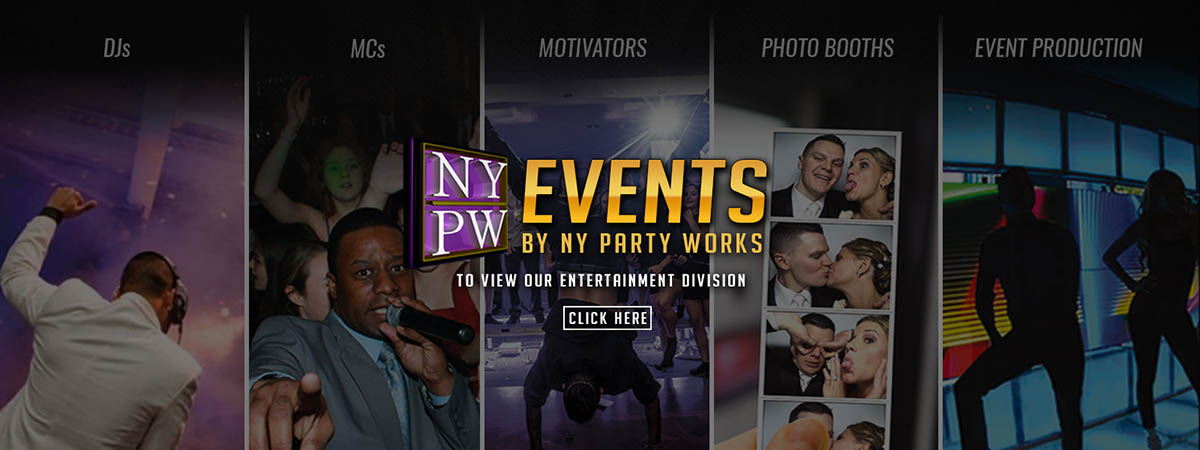Transforming Spectator Engagement Via Immersive Virtual Reality Experiences in Real-time Productions
Transforming Spectator Engagement Via Immersive Virtual Reality Experiences in Real-time Productions
Blog Article
In the past times, digital reality has emerged as potent instrument for boosting viewer engagement in live performances. This innovation allows viewers to submerge oneself in a three-dimensional setting, creating a unique encounter that conventional media cannot duplicate. By utilizing VR, producers can transport audiences into the heart of the performance, causing them feel as if they are part of the show. This groundbreaking approach not just captivates viewers but also unlocks new opportunities for storytelling and interaction.
A of the primary benefits of using VR in live performances is the capability to create a more engaging experience. Viewers can interact with the show in the moment, influencing the result or discovering different perspectives. For instance, in a stage show, audiences wearing VR headsets can select to pursue specific characters or scenes, allowing them to tailor their experience. This degree of engagement fosters a deeper connection between the viewers and the performance, rendering it more memorable and impactful.
Additionally, VR tools can enhance the visual and auditory aspects of a real-time performance. With high-quality graphics and sound engineering, creators can create stunning environments that draw audiences in. This immersive characteristic can raise the complete experience, making it more engaging and pleasurable. For instance, a musical performance can be converted into a rich experience, where fans feel as if they are on stage with the artists. Such improvements not only attract larger viewers but also promote return attendance, as viewers seek to relive the excitement.
In addition enhancing viewer involvement, VR can also offer insightful data for creators. Through examining how audiences engage with the digital setting, creators can gather information on viewer likes and actions. This data can guide upcoming performances, assisting to customize content to better meet the needs and desires of the viewers. As a consequence, VR not just enhances the present encounter but also adds to the development of real-time productions as a complete entity.
With the advancements progressing to evolve, the possibilities for VR in live productions is immense. Ranging from stage shows and musical events to sports events and festivals, the possibilities are limitless. Through adopting this cutting-edge approach, producers can revolutionize the way audiences experience real-time performances. As an increasing number of producers investigate the incorporation of VR, it is probable that we will see a shift in how performances staging for live sports events are designed and delivered, eventually resulting to a more engaging and interactive future for real-time productions.